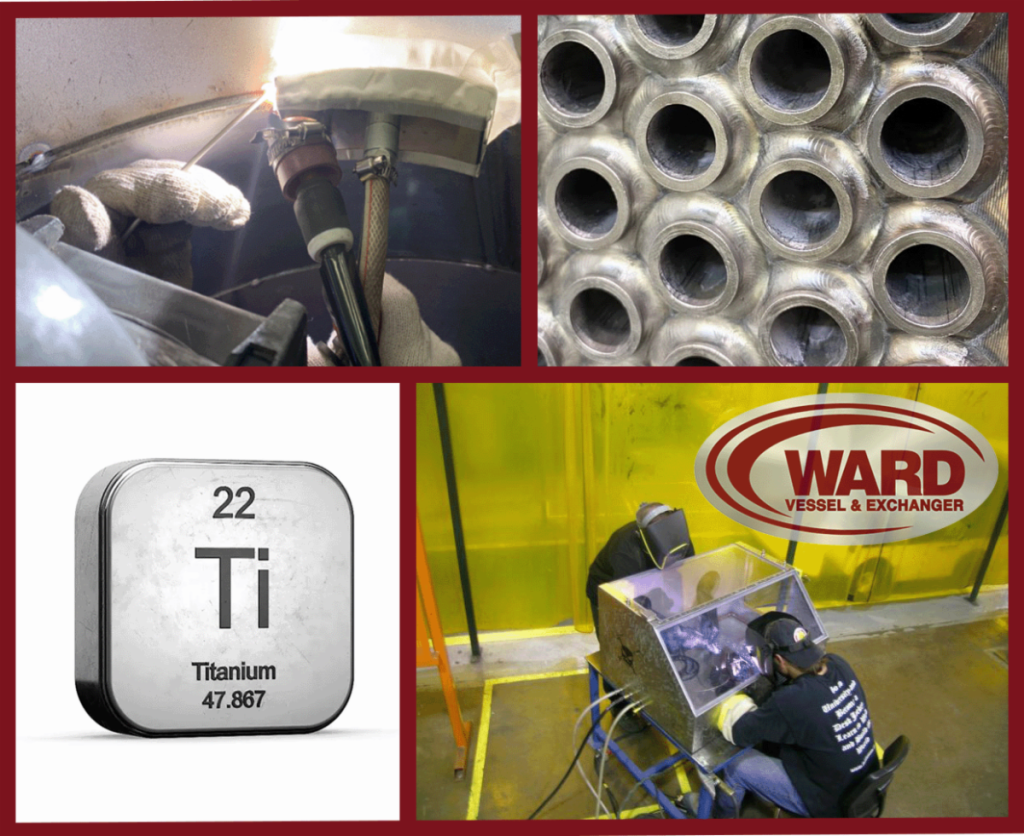Know Your Metal (Pt. 5): Titanium – Light, Tough, and Technically Demanding
Previously in the Series…
Our Know Your Metal series has moved from the familiar to the formidable. We’ve looked at carbon steel’s steady reliability, stainless’s cleanliness demands, the heat sensitivity of high-nickel alloys, and the phase-balancing act of duplex stainless steels. Now we turn to titanium—a metal that excels in strength-to-weight ratio and corrosion resistance, but only if handled with discipline and care.
Titanium doesn’t tolerate shortcuts. It rewards clean processes, trained welders, and controlled environments. Miss any detail and you’ll likely be scrapping the parts!
Why Titanium?
Titanium (specifically Grade 2 commercially pure titanium, the most common in process industry field work) is known for:
- High strength-to-weight ratio: Comparable strength to steel at less than half the weight.
- Exceptional corrosion resistance: Performs well in oxidizing, chloride-laden, and acidic environments. Common in heat exchangers, scrubbers, condensers, and chemical processing.
- Biocompatibility: Used in pharmaceutical, food, and high-purity service where contamination must be minimized.
Despite these advantages, titanium welding in the field is a true challenge—largely because the controls required to do it correctly are more typical of cleanroom environments than jobsite conditions.
What Makes Titanium So Demanding?
- Extremely reactive when hot: Titanium absorbs oxygen, nitrogen, and hydrogen readily at elevated temperatures. These gases cause embrittlement and cracking—even at trace levels.
- No oxidation allowed — ever: Once the weld metal starts glowing, it must be protected with inert gas until it’s completely cooled below 800°F. Any discoloration (even some straw tints) is a warning sign.
- Surface contamination matters: Oils, adhesives, fingerprints, dyes, and even ordinary dust can introduce defects and porosity. Cleaning with non-chlorinated solvents is a must.
- No rework tolerance: Weld defects in titanium can’t be ground out and re-welded like carbon or stainless. Each pass must be sound. Qualification tests reflect this — one bad bend, and the test coupon fails outright.
Ward Wisdom: Preparing for Titanium in the Field
- Controlled Environment is Non-Negotiable – For field applications, we’re developing portable purge chambers and windshields, ensuring full shielding from atmospheric gases during weld cooling. Argon purity, flow rate, and coverage area will be strictly monitored and recorded.
- Gloves and Tools Matter – We’re auditing everything that touches titanium: from gloves and wire brushes to clamps and layout markers. Only tools dedicated to titanium will be used. Cross-contamination isn’t a theoretical concern—it causes real, irreversible damage.
- Practice Before Production – Train welders under simulated field conditions—dirty starting conditions, low light, restricted access, variable ambient temperatures—to build consistency before they’re deployed.
Best Practices
- Use high purity shielding gas (argon >99.995%) for torch shielding, trailing shields, and back purging. Gas should be filtered and dewpoint tested when possible.
- Establish strict cleaning protocols: Use dedicated lint-free wipes and approved solvents (e.g., acetone or alcohol, no chlorides).
- Avoid heat tint: Even straw or light blue discoloration is an indicator of inadequate shielding. Welds with visible oxidation are unacceptable under most codes and must be removed.
- Qualify the process under real conditions: If the job is in a wind-exposed tower or refinery rack, qualification work should simulate those variables.
Up Next
In the final installment of Know Your Metal, we’ll zoom out to compare all the materials we’ve covered. Part 6: Field Comparisons, Failures, and Fixes will recap real-world lessons, side-by-side performance summaries, and what to consider when choosing materials or qualifying and assigning welders.







